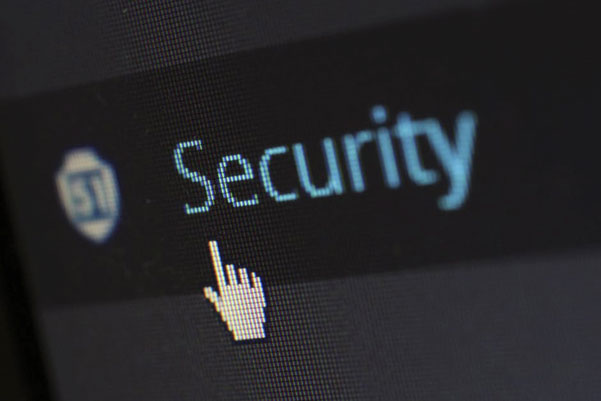Data breaches and Cyber-criminals: It’s YOUR Business
“Asia Pacific is the world’s fastest growing region. But with great opportunities come serious cybersecurity threats. Attacks are getting more sophisticated. There is a prevalent lack of security preparedness leading to greater scrutiny from stakeholders and higher risks of financial and reputational losses. In today’s cybersecurity landscape, a single oversight can cost your business overnight. It’s time to put security above everything.” – Cisco
Australia is the 22nd most attacked country in the world when it comes to data breaches. A data breach occurs when a cyber-criminal successfully infiltrates a data source and extracts sensitive information. This can be done physically by accessing a computer or network to steal local files or by bypassing network security remotely. The latter is often the method used to target companies. Cyber criminals often follow these steps when attacking, and it can be useful to identify them for prevention:
Research
The cyber-criminal looks for weaknesses in the company’s security (people, systems, or network).
Attack
The cyber-criminal makes initial contact using either a network or social attack.
Network/Social attack
A network attack occurs when a cyber-criminal uses infrastructure, system, and application weaknesses to infiltrate an organization’s network. Social attacks involve tricking or baiting employees into giving access to the company’s network. An employee can be duped into giving his/her login credentials or may be fooled into opening a malicious attachment.
Exfiltration
Once the cyber-criminal gets into one computer, he/she can then attack the network and tunnel his/her way to confidential company data. Once the hacker extracts the data, the attack is considered successful.
Remember…
Thieves can’t steal what you don’t have. So, remember that you don’t need to collect unnecessary information, reduce the number of places your business retains its data, ensure only select a few employees have access to sensitive data and keep records of who has access and finally, destroy all data once the need for it has expired.
So, what is E-waste and how do we destroy it?
The official meaning of e-waste is “any discarded electronic or electrical devices or their parts.”
That includes computers, hard drives, USBs, CDs, mobile phones, tablets, modems, and in today’s technological environment, we all have at least one of this as a personal device.
That’s a lot of personal information that we have stored. We are responsible for protecting our identity, and securely destroying any information left on these devices when we upgrade or get a new screen. So here are some facts about digital data destruction you should know, so you can keep your private information just that, private.
Technology Destruction
When you delete data from your business computers, hard drives, external drives, it’s gone, right? Wrong.
Data and files remain accessible until either overwritten by specific software, or the computer or housing on which they were stored is physically destroyed.
The team at ShredEasy are experienced in secure data and digital media disposal, ensuring accurate recording of serial numbers no matter if you would like your hardware destroyed onsite or offsite. Call our friendly team today.
